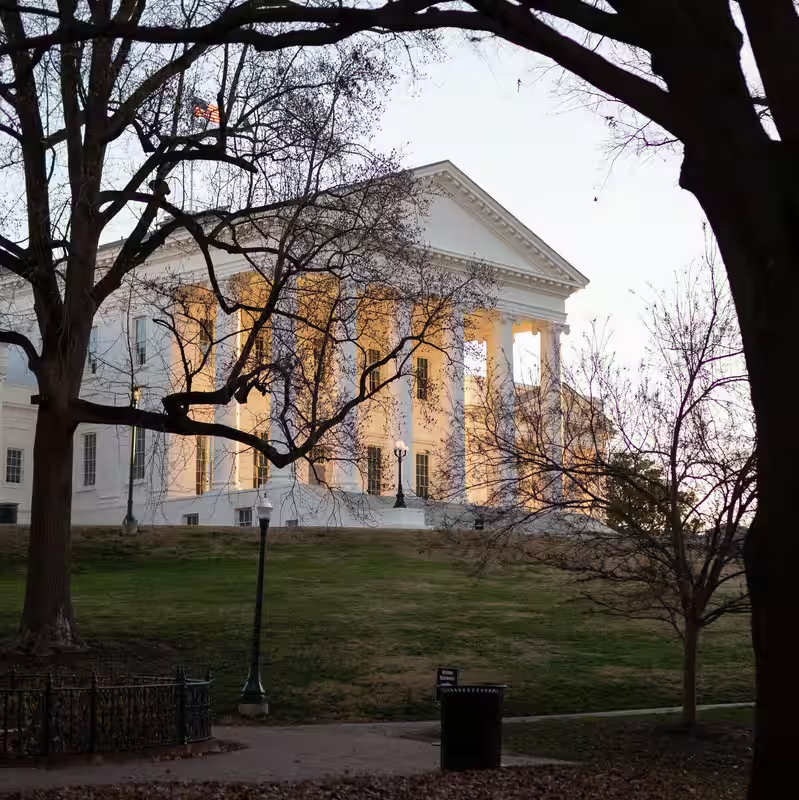Virginia Redistricting Push Could Flip 2026 Midterms
In a dramatic escalation of the national redistricting arms race, Virginia’s Democratic-controlled legislature has taken a major step toward redrawing congressional boundaries ahead of the 2026 midterm elections—potentially reshaping the balance of power in Congress.
The Virginia House of Delegates voted Wednesday to approve a constitutional amendment that would allow lawmakers to bypass the state’s bipartisan redistricting commission and craft new congressional maps outside the usual decennial cycle. The move comes as Democrats in multiple states scramble to counter aggressive Republican gerrymandering efforts in Texas, North Carolina, Missouri, and soon Indiana.
Why Now? A Reaction to GOP Moves
Delegate Rodney T. Willett, the amendment’s Democratic sponsor, put it bluntly during a House committee hearing: “Our hand has been forced here.”
Over the past year, Republican-led states have redrawn maps to lock in advantages for the 2026 cycle. In response, Democrats in California, Illinois, and now Virginia are pursuing mid-decade redistricting to level the playing field. California’s proposed maps, for instance, could flip up to five seats to Democrats, according to recent polls.
How Virginia’s Process Works
Unlike many states, Virginia requires a constitutional amendment to enable mid-decade redistricting. That means the legislature must approve the measure twice—once before and once after a statewide election. With Election Day just days away (Tuesday, November 4, 2025), Democrats are racing to pass the amendment now so they can secure final legislative approval in January 2026.
If both votes succeed, the amendment would go to voters in a statewide referendum—possibly as early as spring 2026.
Legal and Political Backlash
Republicans have slammed the effort as a “power grab.” Delegate Chris Obenshain warned on the House floor that the move undermines the will of Virginians who voted in 2020 to create a bipartisan redistricting commission designed to reduce partisan gerrymandering.
At least one lawsuit has already been filed by Republican lawmakers and commission members. While a judge declined to halt Wednesday’s vote, the legal challenge remains active.
Adding fuel to the fire, Republican Attorney General Jason S. Miyares—currently in a tight re-election race—issued a legal opinion claiming it’s too late to start the amendment process because early voting began in September. Democrats, however, argue the process is still valid and are moving forward regardless.
What Happens Next?
The amendment now heads to the Virginia Senate, where it’s expected to pass quickly. Speaker of the House Don Scott emphasized caution: “The first step is to get the amendment in place… The Republicans in these other states, they might stand down, and we may decide we don’t want to move forward.”
Even if the amendment clears all hurdles, actual map-drawing wouldn’t begin until 2026—and any new districts would only apply to that year’s midterms.
Redistricting Race: State-by-State Snapshot
| State | Party in Control | Status of 2026 Redistricting |
|---|---|---|
| Texas | Republican | New maps passed |
| North Carolina | Republican | New maps passed |
| Missouri | Republican | New maps passed |
| Indiana | Republican | Special session scheduled |
| California | Democratic | Maps likely to pass via referendum |
| Illinois | Democratic | Redistricting efforts underway |
| Virginia | Democratic | Constitutional amendment in progress |
Focus on Virginia Redistricting
Virginia’s proposed amendment is carefully worded: it doesn’t eliminate the existing bipartisan commission system. Instead, it grants the legislature temporary authority—expiring in October 2030—to redraw congressional districts if another state has already done so mid-decade. This “tit-for-tat” clause is central to Democrats’ legal and political justification.
Should the amendment succeed, Virginia could shift from a battleground state with competitive districts to one where Democrats gain a structural edge—potentially offsetting GOP gains elsewhere.
Sources
The New York Times: Virginia House Approves Redistricting Amendment




